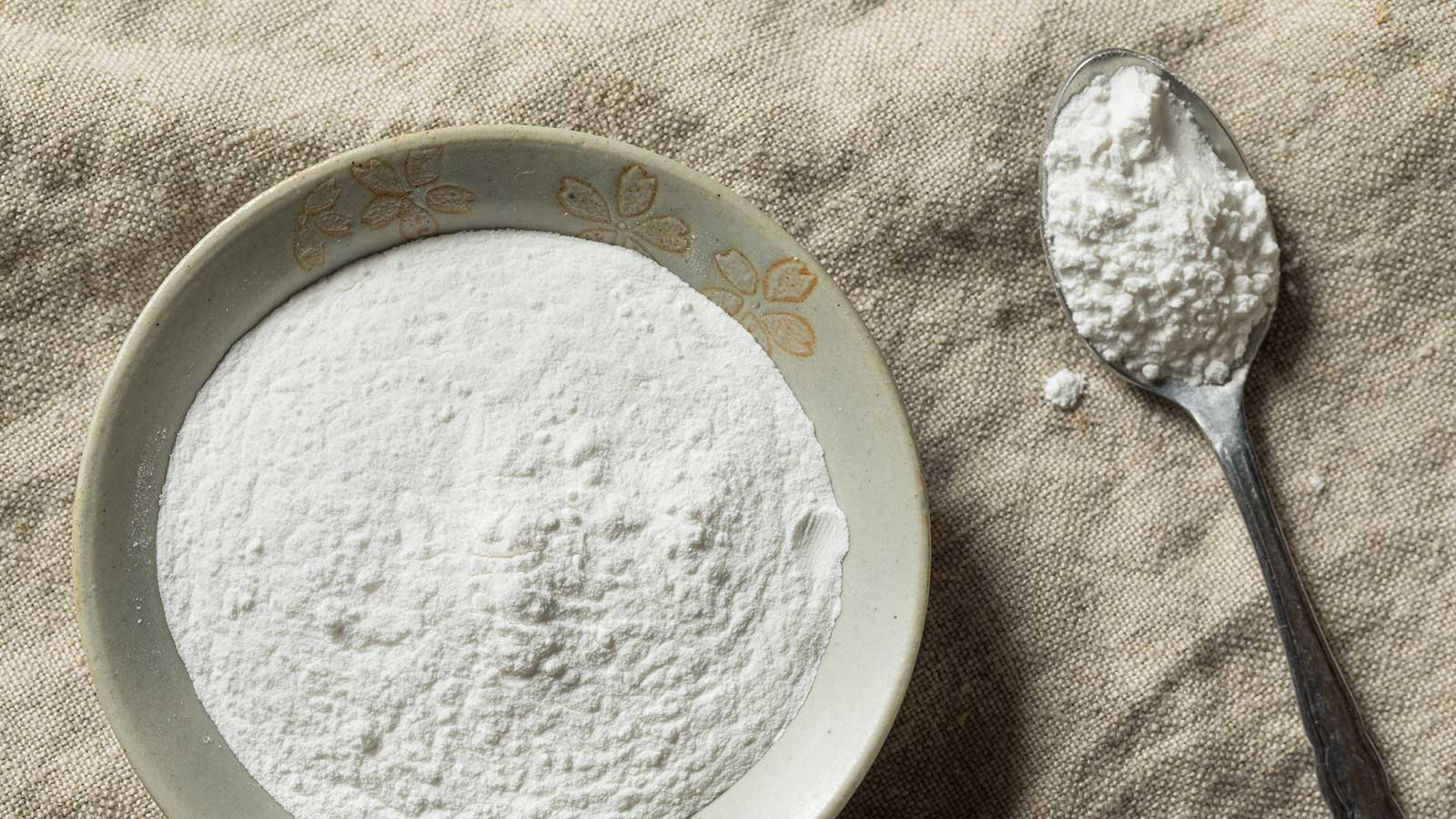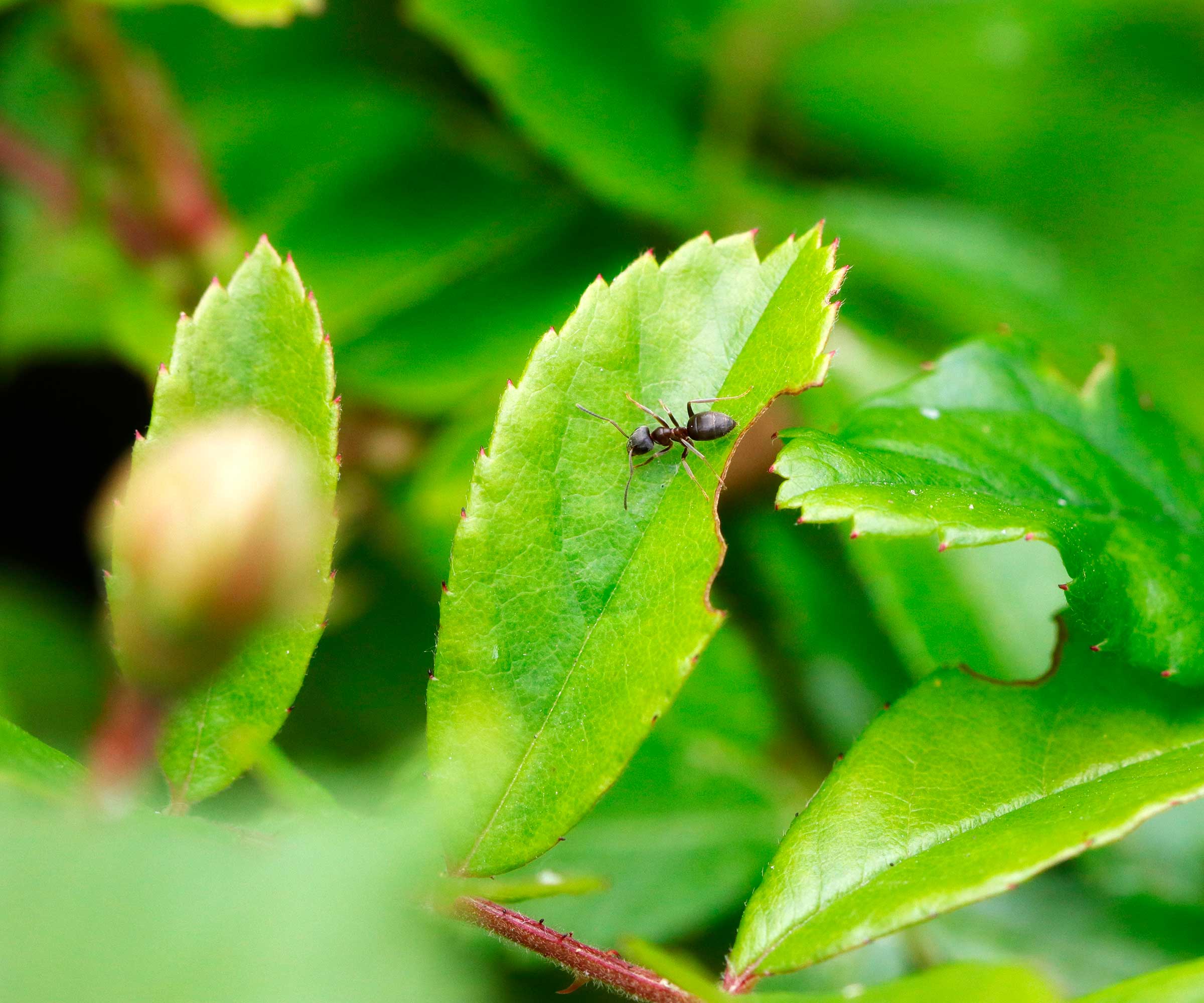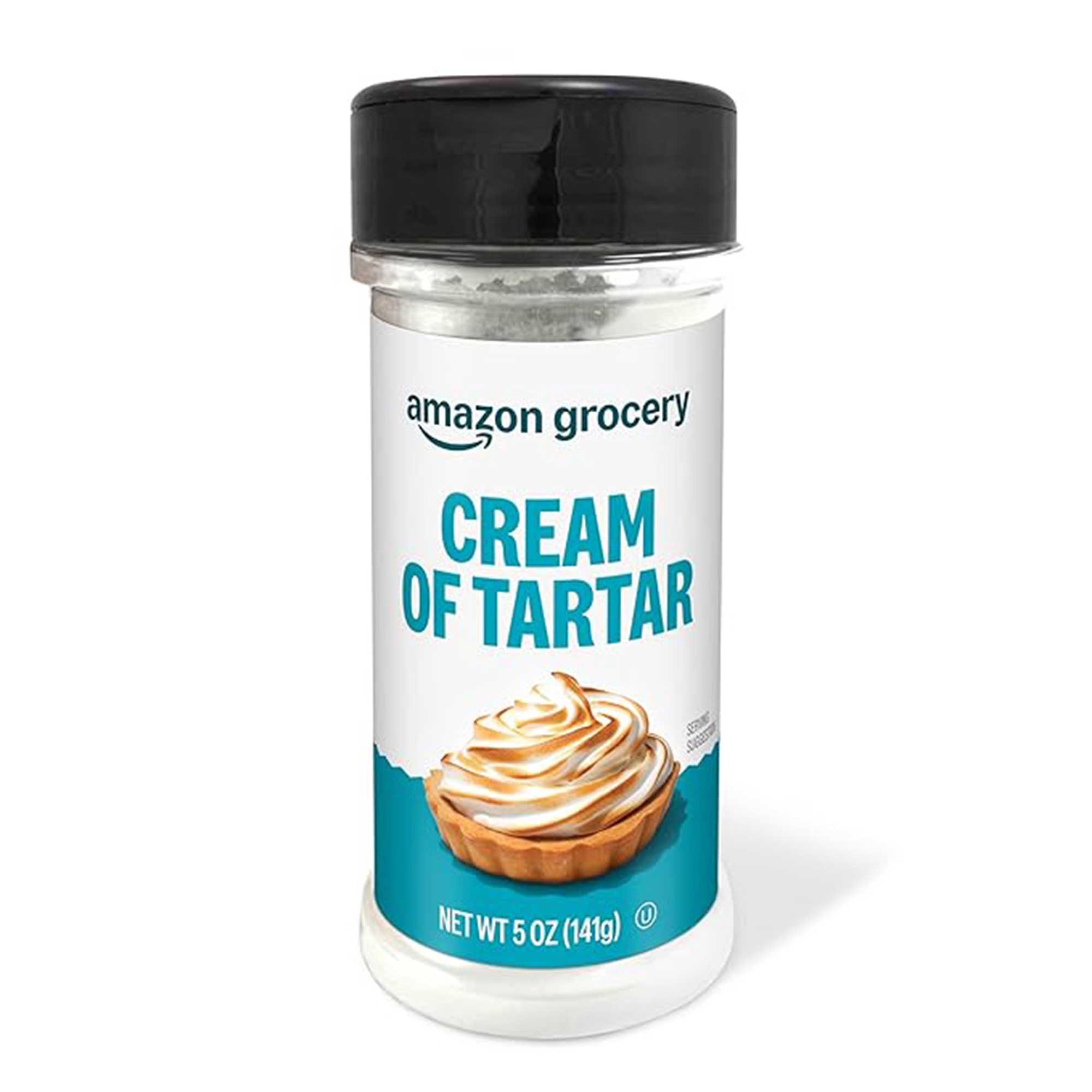All the gardening pros we spoke to agree, using cream of tartar to control pests and clean tools is not as crazy as it sounds
This pantry ingredient can help with a range of yardcare tasks, without you needing to buy anything new


Buying new gardening supplies can be tempting, but it's not always necessary. Sometimes, certain pantry items can provide the solution we're looking for – and save a bit of money in the process.
There are all kinds of gardening hacks for busy growers that you may not expect, from clever ways to use olive oil to killing weeds with vinegar. And cream of tartar, a powdered ingredient commonly used to make meringues and other baked goods, also has various uses outdoors when applied in the right way.
Below, you'll find plenty of expert advice on using cream of tartar in the garden – and where to avoid using it, too. Whether you're looking to clean rusty tools or control a few nuisance pests, these tips are well worth a try.
Tackling backyard pests

Cream of tartar can be used to deter ants
If you're trying to control ants in your backyard, cream of tartar could be the solution. As Amy Enfield, senior horticulturist at ScottsMiracle-Gro says, its fine, powdery texture and acidic nature are believed to be unpleasant for them to walk over.
As well as this, it is thought to disrupt the pheromone (scent) trails that ants rely on for both navigation and communication, she adds. 'This causes confusion among the worker ants and forces them to abandon that marked food trail.'
The process is simple, as Amy explains: identify the ant trails or plants and areas you want to protect, then apply a thick line of cream of tartar on the path or around the plants. 'The ants will usually not cross the line and will reroute their path.'
According to Juliet Howe, founder of Twigs Design, this store cupboard ingredient can also be used to tackle slugs and snails. They will turn around rather than travel through the acidic, granular barrier, she says.
Design expertise in your inbox – from inspiring decorating ideas and beautiful celebrity homes to practical gardening advice and shopping round-ups.
And that's not all. Juliet also notes how aphids can be vanquished by sprinkling the powder on a plant's leaves or with a simple DIY spray. For the latter, she recommends mixing one teaspoon of cream of tartar with a quart of water and a quarter teaspoon of dish soap, then spraying the affected leaves and stems.
'After every rain or heavy watering, the cream of tartar will wash away, and must be reapplied,' she adds.

Amy has 30 years of experience in the lawn and garden industry and has been with ScottsMiracle-Gro for 13 years. She has a BS and MS in Horticulture from Michigan State University and a PhD in Plant and Environmental Sciences from Clemson University.

Juliet is an award-winning horticulturist and the founder of Twigs Design. For more than two decades, she has helped beautify the homes, gardens, and communities of Fairfield County, CT. A highly sought-after floral designer, Juliet often speaks at events and educational programs. Twigs Design is also regarded for creative instructional classes showcasing expertise across topics from arranging to planting.
Cleaning garden tools

Get your tools looking as good as new
You can clean many items inside your home with cream of tartar – and it's also useful for giving rusty outdoor tools a spruce. Amy explains that cream of tartar is the powdered form of tartaric acid, and this reacts with the iron oxide (rust), dissolving and loosening it from the surface of the tools.
The slightly gritty texture of the powder also acts as a mild abrasive that helps scrub away the loosened particles without leaving scratch marks, she adds.
To try this at home, she recommends mixing it with a weak acid such as lemon juice or hydrogen peroxide to form a thick paste. Then, she says to apply the paste directly to the rusted areas of your garden tools, let it sit for one to two hours, then use a scouring pad to scrub the rust away.
'Rinse the tools thoroughly with water and dry completely (this is the most important step in tool cleaning) before storing.' Be sure to avoid making any tool storage mistakes, too.
Giving potted plants a potassium boost

The powder can be dissolved in water
Cream of tartar can also be used to help boost soil nutrients. Amy points out how it contains potassium, which plays a key role in plant vigor, disease resistance, water regulation, flower and fruit development, and overall health.
'The potassium in cream of tartar is water-soluble, meaning it becomes readily available for plant uptake once dissolved in water,' she says.
'While using cream of tartar is not an economical way to provide potassium and does not replace the need for a more complete plant food like Miracle-Gro® Water Soluble All Purpose Plant Food [available from Amazon], it can be used in a pinch if you notice signs of a potassium deficiency in a potted plant.'
To try it at home, she recommends dissolving a teaspoon of cream of tartar in a gallon of water and using it to drench the soil.
FAQs
Where should you avoid using cream of tartar in the garden?
Amy warns against using cream of tartar on or near alkaline-loving plants, explaining that, as an acid, it will lower soil pH. 'While this may help benefit acid-loving plants, it can be detrimental to plants like lilacs, lavender, and peonies that thrive in neutral or alkaline soils.'
It's also best to steer clear of using cream of tartar as a DIY weed killer. 'While a strong acid can burn plant leaves, cream of tartar lacks the potency to effectively kill established weeds down to the root,' Amy says. 'You would need to apply a very large amount of cream of tartar to have an effect, and in the process, you could negatively alter the soil's pH and nutrient balance in the area of application.'
Amy also reminds us that although cream of tartar can provide a small potassium boost to a potted plant, it's not suitable as a large-scale soil amendment or fertilizer. She recommends always using a more complete fertilizer and proper soil amendments (sulfur to lower pH and lime to raise pH) for larger applications.
Does cream of tartar expire?
While some might say cream of tartar never expires, Juliet disagrees. 'Generally, that tin in the cupboard should be replaced every four years, as it will lose effectiveness,' she says – 'all the more reason to use it up, while upping your garden’s health.'
Cream of tartar isn't the only store cupboard ingredient that can come in handy in the garden. Other household staples can have surprising uses, too. You might, for instance, want to try using baking soda to clean an outdoor rug, sprinkle cinnamon on your lawn, or even experiment with using coffee grounds in the garden.

Holly started writing about gardening five years ago, and she is a regular contributor to Homes & Gardens. She has also written many gardening features for Woman & Home and Real Homes, too. She has previous experience as a professional gardener, where she helped to plant and maintain private gardens. Holly has also looked after allotment plots over the years and loves to grow her own flowers and veggies from seed. In her spare time, she enjoys visiting local gardens, botanical drawing, and tending to her ever-growing collection of houseplants.
You must confirm your public display name before commenting
Please logout and then login again, you will then be prompted to enter your display name.
